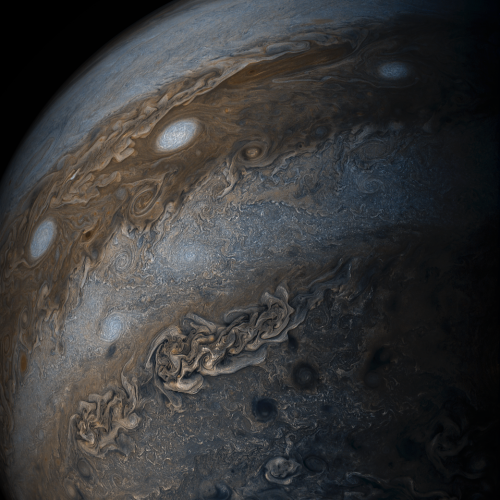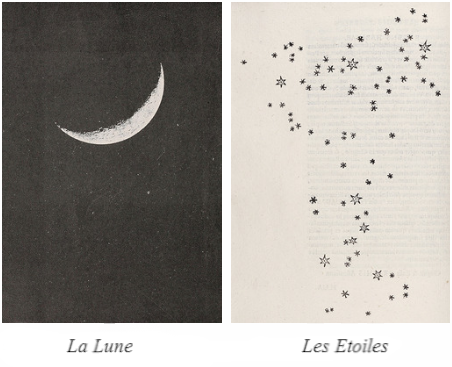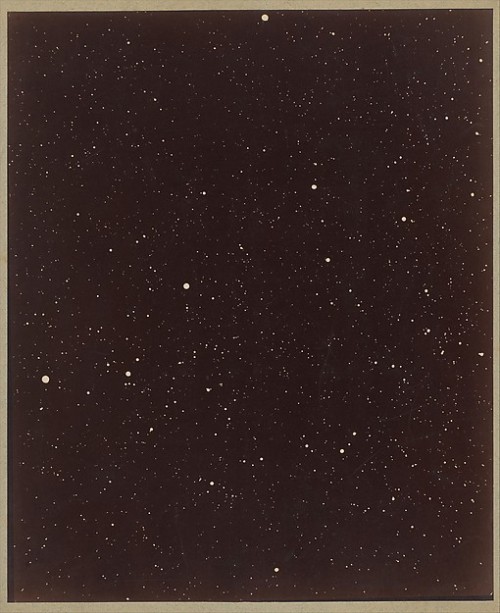The Lightest (i.e., Least Massive) Known Star, OTS 44 [3000 X 2400]
![The Lightest (i.e., Least Massive) Known Star, OTS 44 [3000 X 2400]](https://64.media.tumblr.com/7ce349b6a3bf21005fa9d453fc4e3790/tumblr_n6d9w27NCh1tuy5mao1_500.jpg)
The lightest (i.e., least massive) known star, OTS 44 [3000 x 2400]
More Posts from Starlost and Others

Bad: aliens that insist upon referring to human women as “feeeeemales”.
Good: aliens that insist upon dividing humans into binary categories, but the binary in question is based on something we’d regard as trivial and bizarre.



the three BLACK WOMEN (mary jackson, katherine g. johnson, and dorothy vaughan) that changed astronomy and history.
mary jackson, an accomplished engineer, broke down barriers as the first african american woman to work as an engineer at NASA. her expertise and determination paved the way for future generations of women in the field.
katherine johnson, a brilliant mathematician, calculated the trajectory for john glenn's historic 1962 spaceflight, making her an invaluable asset to NASA's space task group. her calculations were pivotal in ensuring a successful mission
dorothy vaughan was a talented mathematician and the first african-american supervisor at NASA. she was instrumental in introducing computer programming skills to her colleagues, which played a significant role in advancing the space program.
through their dedication and groundbreaking achievements, mary jackson, katherine johnson, and dorothy vaughan left an indelible mark on history, proving that talent knows no boundaries, and that anyone, regardless of their background, can reach for the stars. their triumphs were celebrated in the 2016 film hidden figures, a personal favorite of mine.
i urge you all to read up on these magnificent women and their astronomical (no pun intended) impact on the world. celebrate and encourage black women in STEM. they are magical


Jupiter’s Bands of Clouds
This enhanced-color image of Jupiter’s bands of light and dark clouds was created by citizen scientists Gerald Eichstädt and Seán Doran using data from the JunoCam imager on NASA’s Juno spacecraft.
Three of the white oval storms known as the “String of Pearls” are visible near the top of the image. Each of the alternating light and dark atmospheric bands in this image is wider than Earth, and each rages around Jupiter at hundreds of miles (kilometers) per hour. The lighter areas are regions where gas is rising, and the darker bands are regions where gas is sinking.
Credits: NASA/JPL-Caltech/SwRI/MSSS/Gerald Eichstädt /Seán Doran



The planet Uranus. Taken on November 14th 2009 at 3:52 am. Using the 98 in Hooker telescope.


-
 ryanhasbadknees reblogged this · 3 weeks ago
ryanhasbadknees reblogged this · 3 weeks ago -
 mabe-village reblogged this · 3 weeks ago
mabe-village reblogged this · 3 weeks ago -
 balletzdred reblogged this · 3 weeks ago
balletzdred reblogged this · 3 weeks ago -
 love-you-egypt reblogged this · 3 weeks ago
love-you-egypt reblogged this · 3 weeks ago -
 love-you-egypt liked this · 3 weeks ago
love-you-egypt liked this · 3 weeks ago -
 bvlanc3 reblogged this · 3 weeks ago
bvlanc3 reblogged this · 3 weeks ago -
 terrastella reblogged this · 4 weeks ago
terrastella reblogged this · 4 weeks ago -
 ace-erotico2 reblogged this · 1 month ago
ace-erotico2 reblogged this · 1 month ago -
 davidmorrowartimages liked this · 1 month ago
davidmorrowartimages liked this · 1 month ago -
 whysoexhausted reblogged this · 1 month ago
whysoexhausted reblogged this · 1 month ago -
 jeovanalm liked this · 1 month ago
jeovanalm liked this · 1 month ago -
 oneironism reblogged this · 1 month ago
oneironism reblogged this · 1 month ago -
 4laika reblogged this · 1 month ago
4laika reblogged this · 1 month ago -
 cameroonianprincess liked this · 1 month ago
cameroonianprincess liked this · 1 month ago -
 shapeshifting-entity liked this · 1 month ago
shapeshifting-entity liked this · 1 month ago -
 luminishenca liked this · 1 month ago
luminishenca liked this · 1 month ago -
 3yll reblogged this · 1 month ago
3yll reblogged this · 1 month ago -
 as-golddess liked this · 1 month ago
as-golddess liked this · 1 month ago -
 thafckwiththisworld reblogged this · 1 month ago
thafckwiththisworld reblogged this · 1 month ago -
 walkingproof reblogged this · 1 month ago
walkingproof reblogged this · 1 month ago -
 hardhologramkryptonite liked this · 1 month ago
hardhologramkryptonite liked this · 1 month ago -
 nopiece0fmind reblogged this · 1 month ago
nopiece0fmind reblogged this · 1 month ago -
 cheynoellee reblogged this · 1 month ago
cheynoellee reblogged this · 1 month ago -
 jameslewisjr75 liked this · 1 month ago
jameslewisjr75 liked this · 1 month ago -
 deificdahlia reblogged this · 1 month ago
deificdahlia reblogged this · 1 month ago -
 larm3s liked this · 1 month ago
larm3s liked this · 1 month ago -
 flexwithmind reblogged this · 1 month ago
flexwithmind reblogged this · 1 month ago -
 moonlit-smile-778 reblogged this · 1 month ago
moonlit-smile-778 reblogged this · 1 month ago -
 stranglingfruitloop reblogged this · 1 month ago
stranglingfruitloop reblogged this · 1 month ago -
 handsomehustlateez liked this · 1 month ago
handsomehustlateez liked this · 1 month ago -
 alluring-flowerz reblogged this · 1 month ago
alluring-flowerz reblogged this · 1 month ago -
 tsukironin reblogged this · 1 month ago
tsukironin reblogged this · 1 month ago -
 solarianloverboi reblogged this · 1 month ago
solarianloverboi reblogged this · 1 month ago -
 th3-gentl3man liked this · 1 month ago
th3-gentl3man liked this · 1 month ago -
 innerpartydonutpaper reblogged this · 1 month ago
innerpartydonutpaper reblogged this · 1 month ago -
 memoriesofthingspast reblogged this · 1 month ago
memoriesofthingspast reblogged this · 1 month ago -
 lbalance reblogged this · 1 month ago
lbalance reblogged this · 1 month ago -
 uncutash liked this · 1 month ago
uncutash liked this · 1 month ago -
 mzmilano reblogged this · 1 month ago
mzmilano reblogged this · 1 month ago -
 slumsaintt reblogged this · 1 month ago
slumsaintt reblogged this · 1 month ago -
 carlobugatti reblogged this · 1 month ago
carlobugatti reblogged this · 1 month ago -
 wardrum reblogged this · 1 month ago
wardrum reblogged this · 1 month ago -
 thestarfool reblogged this · 2 months ago
thestarfool reblogged this · 2 months ago -
 thestarfool liked this · 2 months ago
thestarfool liked this · 2 months ago -
 heav7n liked this · 2 months ago
heav7n liked this · 2 months ago -
 babybunnywings liked this · 2 months ago
babybunnywings liked this · 2 months ago -
 fantasmagorico reblogged this · 2 months ago
fantasmagorico reblogged this · 2 months ago -
 candlesoul reblogged this · 2 months ago
candlesoul reblogged this · 2 months ago -
 4gottenname reblogged this · 2 months ago
4gottenname reblogged this · 2 months ago

andrei, he/him, 21, made this at 14 when i was a space nerd but i never fully grew out of that phase so,,,,..,hubble telescope + alien life + exoplanet + sci fi nerd
245 posts
